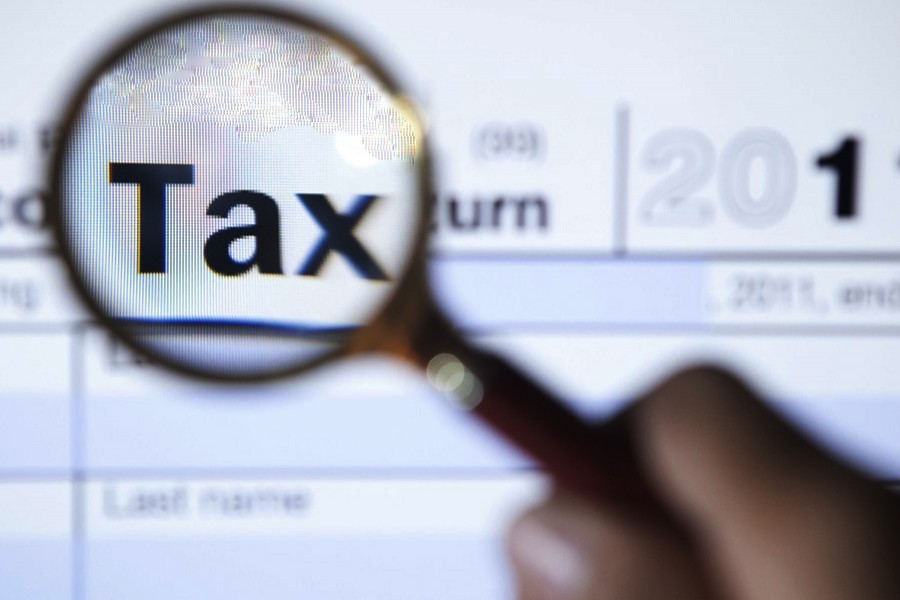The government plans to target ten million to be brought under the tax-net by next fiscal year. Although it is a huge figure by any calculation, given that presently only 2.0 to 2.2 million people are connected to the government taxation system through their TIN (Tax Identification Number), the very talk of raising the number to such heights speaks of finding the real direction of economy-building on the part of the policy-makers. It was disclosed that the potential eligible number of tax-payers in the country is forty million. These fugues were indicated by finance minister A H Mustafa Kamal at the end of a high-profile meeting in Dhaka on Wednesday. One of the impediments of seeing through such target-achieving has been acknowledged to be shortage of manpower at the grass-roots level. An idea has been floated that upazila-level offices may be opened to meet such goals. There has been talk of even outsourcing the work of tax collection.
It is a well-known fact that tax-GDP ratio is a good indicator of the economy's health. It is also known that Bangladesh is in the lower band in world rankings in such matters. The European countries are at the top of the list, while the oil-rich Middle Eastern countries are at the bottom. These latter countries do not need tax-money, since they sit on top of huge oil-revenue, while the Europeans need more money to successfully carry out their stupendous social welfare programmes. The South Asian countries stand in the lower rankings, with India, the biggest economy of the area at 16.8%, Bangladesh at 8.5 per cent, Nepal 23 per cent, Pakistan at 11per cent and Sri Lanka at 11.6 per cent. Nepal's being a comparatively lower-sized GDP, the true picture will not come from these ratio figures. These are average figures for the period of 2013-2018 as compiled by the World Bank and the European Union.
However, as admitted, of Bangladesh's forty million eligible tax-payers, only around five percent pay taxes. The targeted ten million is an enormous task. But at least by aiming higher and working for it we can break the jinx of a record low figure into the tax net . It is a well-known fact that land-revenue collection has virtually lost its efficacy for the national exchequer for a long time. Its major utility is maintenance of a register of legal rights over property, rather than contributing noticeably to the GDP. Therefore the lower end of the land revenue set-up may well be given the additional duty of non-land tax collection. This may be done experimentally, keeping in mind the target of ten million and the extremely limited time in which to achieve it. No doubt, new manuals of charter of duties will have to be drawn up and people will have to be brought under crash programmes of training. However, these will require far less time and money than going for fresh recruitment and setting up of new offices. At the same time the long-term task of putting in place upazila-level set-up may go on as a parallel. A big GDP must be matched by a big sum of tax collection. Besides, as more social safety nets are proposed, there cannot be any other way than garnering more from society itself. The portion of the general public that can contribute more to the exchequer for social safety nets must do it and be persuaded to do it. Therein would lie the accomplishment of the target of ten million as tax payers.


